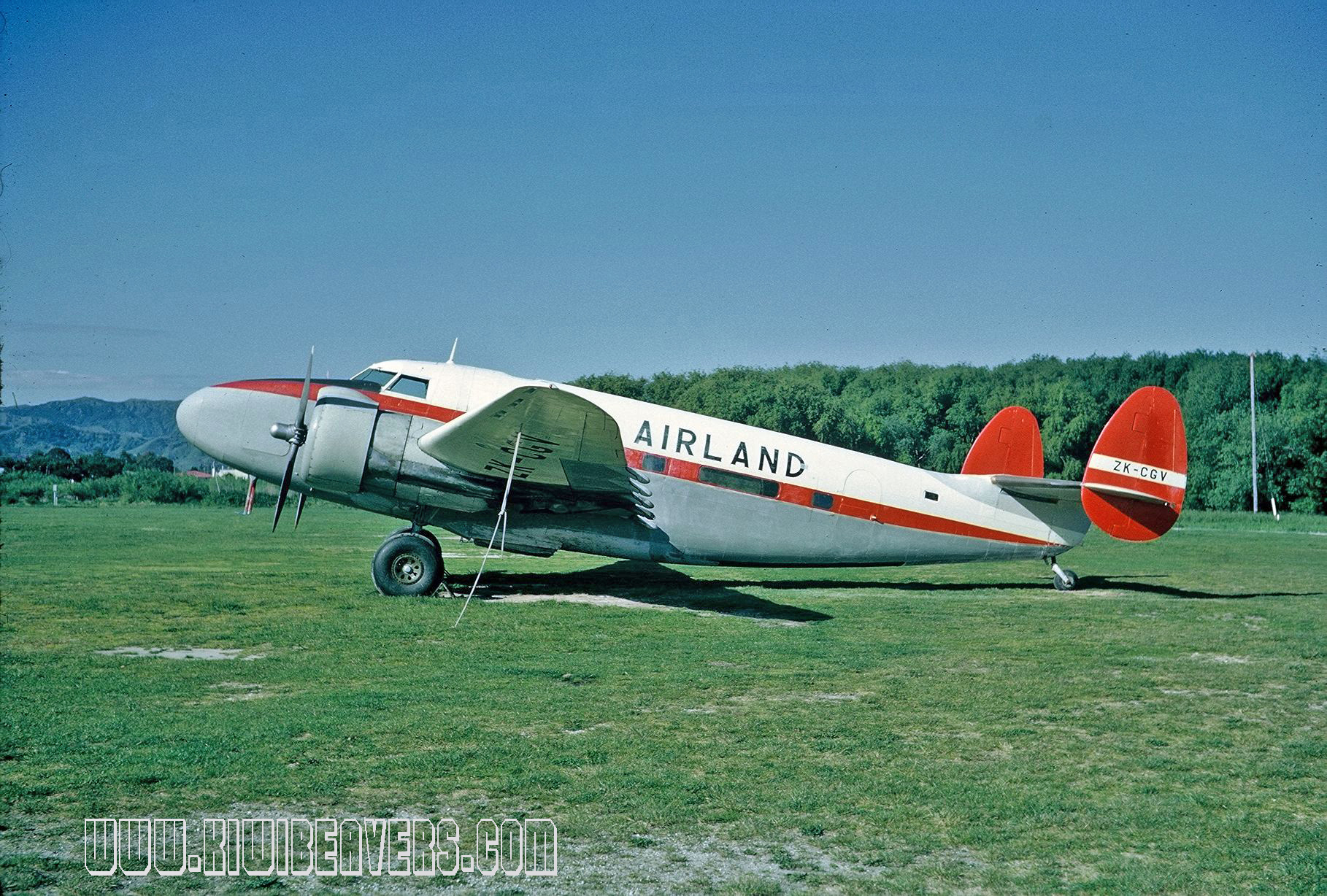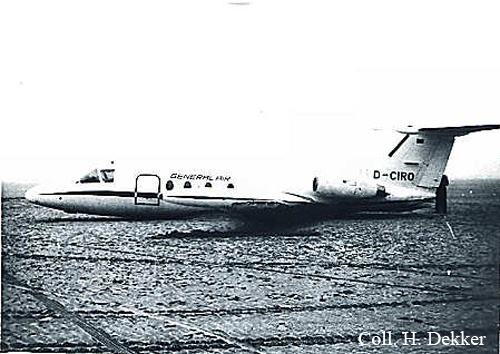Crash of a Beechcraft C-45H Expeditor in Medellín: 1 killed
Date & Time:
Jul 9, 1971 at 0950 LT
Registration:
HK-1196
Survivors:
No
Schedule:
Chigorodó – Medellín
Crew on board:
1
Crew fatalities:
Pax on board:
0
Pax fatalities:
Other fatalities:
Total fatalities:
1
Circumstances:
On final approach to Medellín-Enrique Olaya Herrera Airport, one of the engine caught fire and exploded. The pilot lost control of the airplane that crashed in the suburb of Santa Ana, in Bello, some 11 km short of runway 20. The aircraft was destroyed and the pilot, sole on board, was killed.
Probable cause:
Engine fire on approach.









